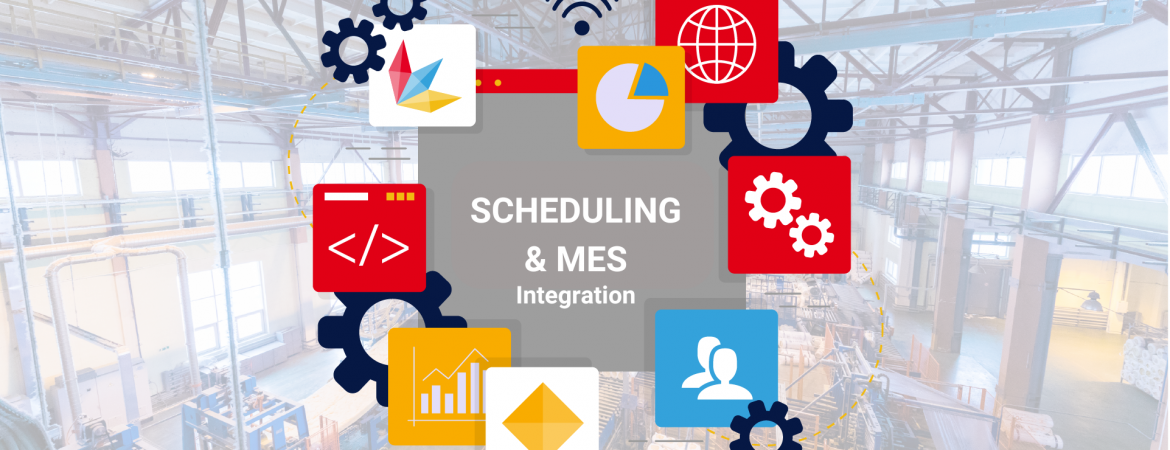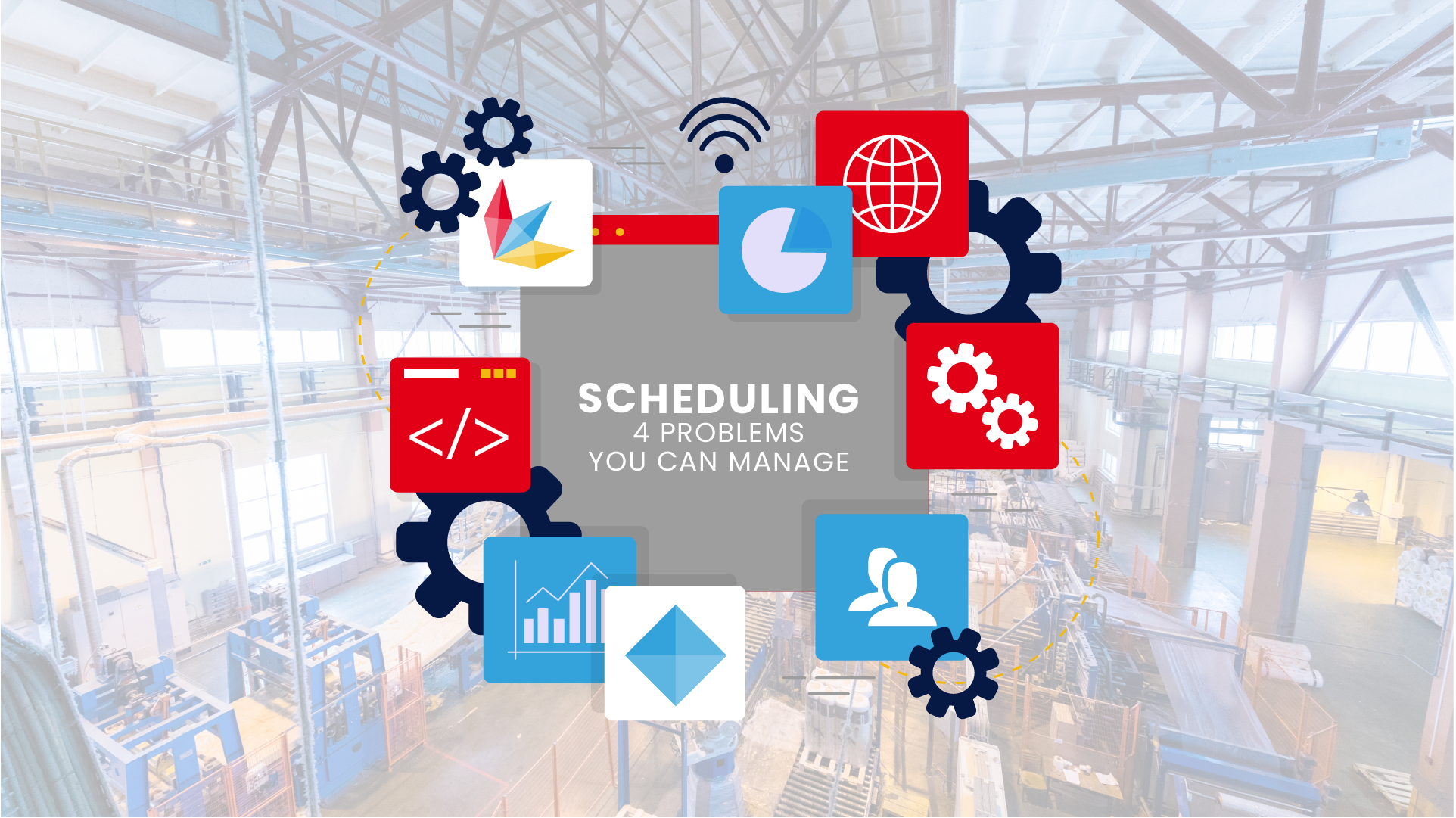Scheduling and MES (Manufacturing Execution System) Are Two Fundamental Tools to Improve the Efficiency and Competitiveness of Manufacturing Companies. Can They Work Together?
What does an MES software do?
An MES software is the beating heart of modern production. Its main purpose is to manage and monitor all activities in a manufacturing facility, from collecting production data to real-time process control. It’s essentially the control center of a company, making it crucial to use it effectively.
With an MES, you can gain a clear and precise overview of every stage of production, allowing you to identify inefficiencies, ensure traceability, and improve overall product quality.
Read more about what an MES software can do in our dedicated article here.
What does a scheduler do?
A scheduler is a tool designed to plan and optimize the use of available resources, including machinery, personnel, materials, and even energy. Using advanced algorithms, a scheduler processes data to create a production plan that minimizes downtime, avoids bottlenecks, and maximizes efficiency.
For example, a scheduler can suggest reorganizing the order of operations to reduce machine changeover times or fulfill urgent requests without disrupting the production flow. When used effectively, it can significantly enhance efficiency over time.
Why are both tools important?
Both the MES and the scheduler are essential tools, but they serve different and complementary roles:
- MES provides a clear, real-time view of what’s happening in production. It collects, analyzes, and makes data available for more informed management.
- Scheduler uses this information to create optimized plans that respect production constraints and business goals.
Separately, each system can bring about significant improvements. However, it’s their combination that unlocks full potential, transforming a rigid and reactive production into a flexible and proactive ecosystem.
The theory matters
Scheduling and MES systems are grounded in well-established theories of production management. Concepts like Lean Manufacturing, the Theory of Constraints (TOC), and Just-In-Time (JIT) offer methodological approaches that guide the optimization of production operations. Mastering these theories leads to a more conscious use of these tools.
For instance:
- The Theory of Constraints helps identify bottlenecks in the production process, which can be managed more effectively with a scheduler integrated with an MES.
- Lean Manufacturing focuses on waste reduction, a goal more easily achieved when MES-provided data is used to plan lean and optimized production cycles.
- JIT aims to synchronize production operations with customer demand, a result more manageable with advanced scheduling tools.
The power of integration
The integration of scheduling and MES creates a harmonious and continuous workflow, enabling companies to adapt quickly to changes and unforeseen events. Key benefits include:
- Immediate responsiveness: When the MES signals an issue, such as a machine breakdown, the scheduler can recalculate the plan in real time to minimize disruption.
- Dynamic optimization: Information gathered by the MES (cycle times, resource availability, machine status) enables the scheduler to create increasingly precise and realistic plans.
- Waste reduction: The combination of both systems minimizes waste in time and materials, boosting overall efficiency.
- Increased customer satisfaction: More efficient and flexible production leads to shorter lead times and a greater ability to meet commitments.
Can I add the scheduling module to Iriday?
If you’ve already implemented the Iriday MES software, adding the scheduler is the next step to elevate your production to the next level. This module seamlessly integrates with your existing MES, leveraging collected data to create real-time optimized production plans.
Installing and configuring the scheduling module is simple and quick. Just contact us, and we’ll immediately tailor the best solution for your needs.
With the scheduling module, you’ll be able to:
- Plan every aspect of production intuitively with a user-friendly interface;
- Simulate different scenarios to choose the most effective strategy;
- Monitor and update plans in real time to quickly respond to unforeseen events.




